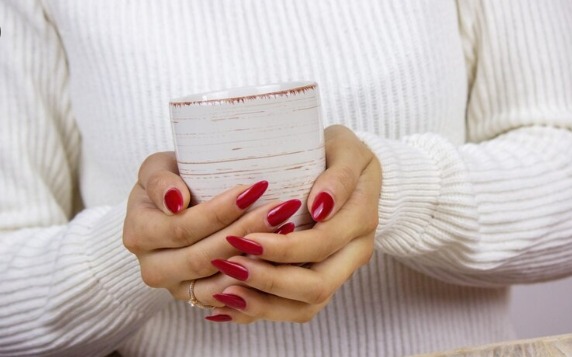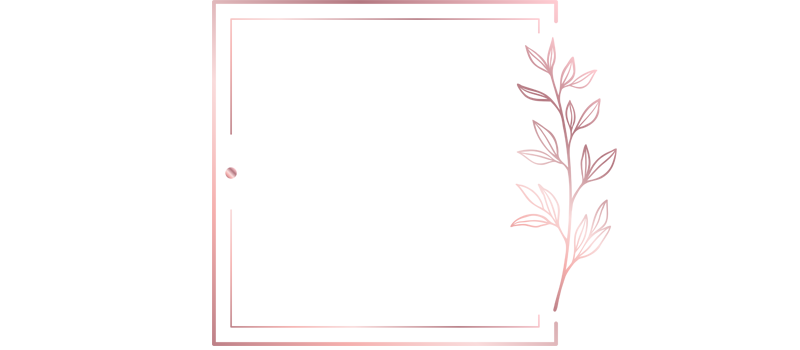Fingernails typically grow 3.47 millimeters per month, which is about the width of a rice grain. At this rate, a fingernail’s full regrowth cycle takes roughly three to six months, while a toenail’s can take up to eighteen months. However, the seemingly straightforward response conceals a much more complex biological narrative. Age, hormone levels, seasonal variations, and even daily routines all have a significant impact on nail growth, which is remarkably sensitive to both internal and external factors. For example, nails typically grow much more quickly during the summer or during pregnancy due to increased hormone activity and blood circulation. On the other hand, things tend to slow down during the colder months and as people age due to a decrease in circulation. Amazingly, because more frequent use promotes circulation, even the nails on your dominant hand grow faster.
Many people experience a silent countdown to nail growth, particularly following trauma, biting, or acrylic removal. Anxious posts and pictures of every inch gained have been common in beauty forums in recent months. It’s not a minor issue. Surprisingly, nail growth rate is linked to more general health trends, providing hints about circulation, nutrition, aging, and even the equilibrium of hormones.
| Factor | Impact on Nail Growth |
|---|---|
| Age | Slower growth with age, as circulation and metabolism decline |
| Hormones | Hormonal fluctuations, like those during pregnancy, can speed up nail growth |
| Seasonal Changes | Warmer weather increases circulation, resulting in faster growth |
| Hand Dominance | Nails on the dominant hand typically grow faster due to increased use |
Physician William Bean observed a remarkable decrease in his thumbnail growth over the course of his decades-long self-study, going from 0.123 mm per day at age 23 to 0.095 mm by age 67. Even though it may not seem like much, that drop represents the body’s normal slowing down as we age. Keratin production slows along with cellular regeneration and circulation.

Hormonal fluctuations are also important. Some women experience noticeably faster nail growth during pregnancy, most likely as a result of rising levels of progesterone and estrogen. In a similar vein, teenagers going through adolescence or receiving hormone therapy frequently have faster nail growth. These changes have biochemical roots and are not merely anecdotal.
This natural process is frequently addressed in the beauty industry through extremely creative interventions. Quick-fix procedures like LED nail beds or nutrient-rich IV drips are subtly used to hasten recovery behind the scenes at fashion shows or influencer photo shoots. Following damage, celebrities frequently experience noticeably quicker results by combining ultraviolet light therapy using collagen drinks and diets high in biotin.
Nail influencers have turned nail growth into a niche market on websites like YouTube and TikTok. Videos that combine oil massages, vitamin E serums, and striking before-and-after photos under the title “How I Regrew My Nails in 10 Days” frequently become viral. Some of these techniques are very successful, but others are more mythical than scientific.
In actuality, there isn’t a miracle cure. However, it has been demonstrated that regular care, such as avoiding acetone removers, hydrating cuticles, and minimizing nail trauma, is very effective in maintaining nail integrity and promoting growth. When combined with adequate hydration, supplement regimens that contain biotin, silica, and the keratin can also be very advantageous.
On the other hand, illnesses can drastically slow down the rate of nail growth. Diabetes, kidney disease, and thyroid imbalances are frequently associated with brittle or slow nails. Because of this, vigilant nail technicians occasionally serve as frontier health observers, identifying trends that may call for additional medical care.
Long nails have long been associated with luxury and individuality in various cultures. Extended nails have functioned as subtly assertive statements of status and fashion, whether they are observed on Qing Dynasty nobility or contemporary celebrities like Cardi B. That symbolism is still present today, particularly in the fields of fashion, music, and social media, where appearance can influence perception.
But trauma resets everything. Regrowth starts over, albeit slowly, regardless of whether you’ve cruelly peeled off gel polish or slammed the door on your hand. Many people turn that waiting time into a practice of patience and self-care. As they track their development like growth rings on a tree, users share weekly updates and pictures on subreddits like r/Nails.
The strategy needs to be all-encompassing for those who want to speed up the process. Regrowth can occur naturally and steadily if you protect your nails from repeated stress, eat nutrient-dense foods, and improve circulation through exercise. It’s wellness right at your fingertips, not just vanity.
Nails provide a surprisingly accessible and reasonably priced diagnostic tool in a time when outward appearance frequently reflects internal health. The process of nail regrowth is very personal and enlightening, regardless of whether you’re healing from acrylic damage or from anxiety-induced biting.
